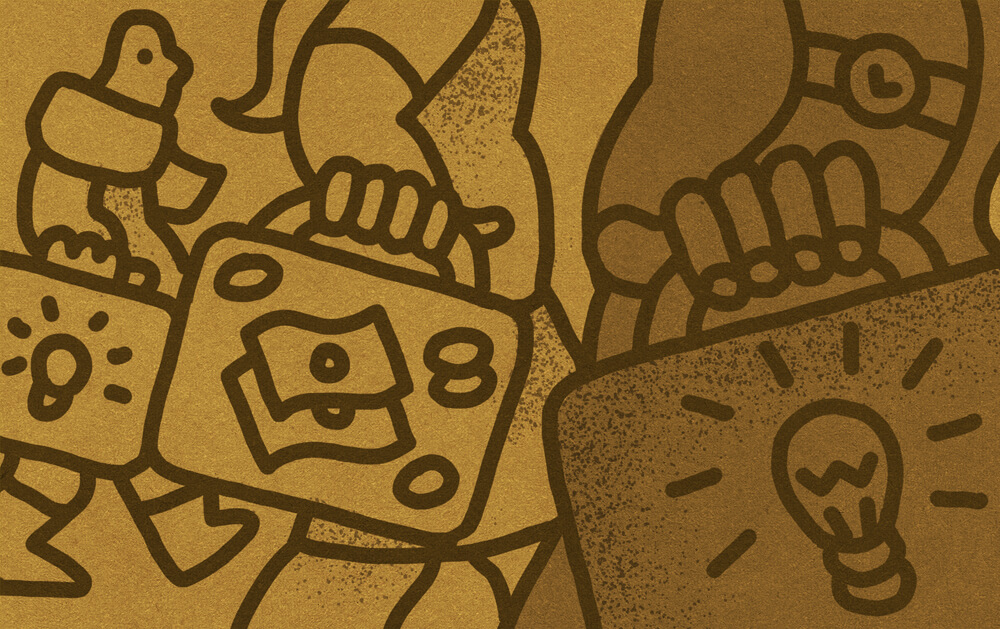Many people assume that people migrate because they are poor and that development can reduce migration. In this module, students are invited to critically think about what development means and how development and migration shape each other. Working with four case studies from across the globe, students think through the migration-development nexus, that is the complex ways in which development processes, such as changes in infrastructure, education systems, political freedoms, technology, and socio-cultural norms, are interlinked with immigration and emigration. The module shows that migration is a social phenomenon that affects all societies and people, regardless of their development and income levels.
Class duration
45 minutes
Homework
60 minutes
Teaching methods:

Game/
Role play

Maps

Soundscape/
Music

Storytelling/
Stories
What your students will learn
General learning outcome
Understand the complex ways in which migration and development shape each other
Specific learning outcomes
Evaluate widespread assumptions around migration and development
Develop an understanding of development as a process of social change
Understand why development often leads to more, not less migration
Class structure and timeline
Development in class
Activity 1: Quiz: Facts around migration and development
Activity 2: Case Studies: Exploring links between migration and development
Activity 3: Analysis: Understanding how development works
Homework
60 minutes
Design a campaign poster

